Expansion of Retail Channels
The expansion of retail channels is a crucial driver for the hummus market. With the proliferation of grocery stores, specialty food shops, and online platforms, consumers have greater access to a variety of hummus products. In North America, e-commerce sales of food products have been on the rise, with online grocery sales projected to reach $250 billion by 2025. This shift in shopping behavior allows consumers to explore different brands and flavors of hummus, enhancing market competition. Retailers are increasingly dedicating shelf space to hummus, recognizing its popularity among consumers. The hummus market is likely to benefit from this trend, as increased availability can lead to higher consumption rates and brand loyalty among consumers.
Focus on Clean Label Products
The emphasis on clean label products is becoming a significant driver in the hummus market. Consumers are increasingly scrutinizing ingredient lists and seeking products that are free from artificial additives and preservatives. This trend is particularly pronounced among health-conscious individuals who prioritize transparency in food sourcing and production. In North America, the clean label market is projected to grow at a CAGR of 6.2% through 2027, indicating a strong consumer preference for natural and minimally processed foods. The hummus market is adapting to this demand by reformulating products to meet clean label standards, thereby appealing to a broader audience. This focus on clean ingredients not only enhances brand reputation but also fosters consumer trust and loyalty.
Culinary Trends and Experimentation
Culinary trends emphasizing experimentation with flavors and ingredients are driving innovation within the hummus market. Consumers are increasingly seeking unique and diverse flavor profiles, prompting manufacturers to introduce a wide array of hummus varieties, including spicy, sweet, and exotic blends. This trend aligns with the growing interest in global cuisines and adventurous eating habits among North American consumers. The hummus market is responding by launching limited-edition flavors and collaborations with chefs, which can create buzz and attract new customers. As culinary creativity continues to flourish, the potential for new product development in the hummus sector appears promising, potentially leading to increased market share and consumer engagement.
Rising Demand for Plant-Based Foods
The increasing consumer inclination towards plant-based diets is a pivotal driver in the hummus market. As more individuals adopt vegetarian and vegan lifestyles, the demand for plant-based protein sources, such as hummus, has surged. In North America, the plant-based food market is projected to reach approximately $74 billion by 2027, indicating a robust growth trajectory. This trend is further fueled by health-conscious consumers seeking nutritious alternatives to traditional spreads and dips. The hummus market benefits from this shift, as it aligns with the growing preference for foods that are perceived as healthier and more sustainable. Consequently, manufacturers are expanding their product lines to include various flavors and formulations, catering to diverse consumer tastes and dietary needs.
Increased Awareness of Nutritional Benefits
Consumer awareness regarding the nutritional advantages of hummus is significantly influencing the hummus market. Hummus is recognized for its high protein content, fiber, and healthy fats, making it an appealing choice for health-conscious individuals. Research indicates that hummus can contribute to improved heart health and weight management, which resonates with the growing population focused on wellness. In North America, the market for healthy snacks is expected to grow at a CAGR of 5.5% through 2026, suggesting a favorable environment for hummus products. This heightened awareness encourages consumers to incorporate hummus into their diets, thereby driving sales and expanding the market. The hummus market is likely to see continued growth as educational campaigns and marketing strategies emphasize these health benefits.


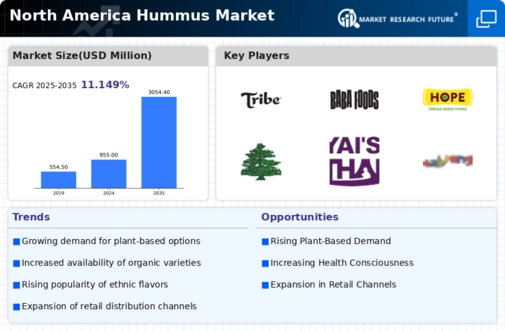
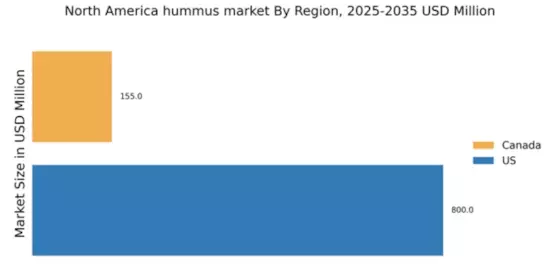
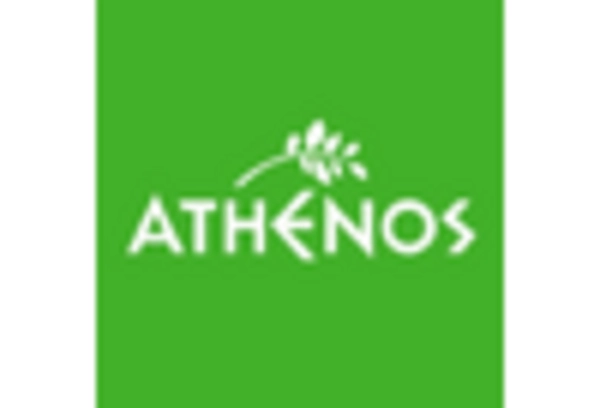

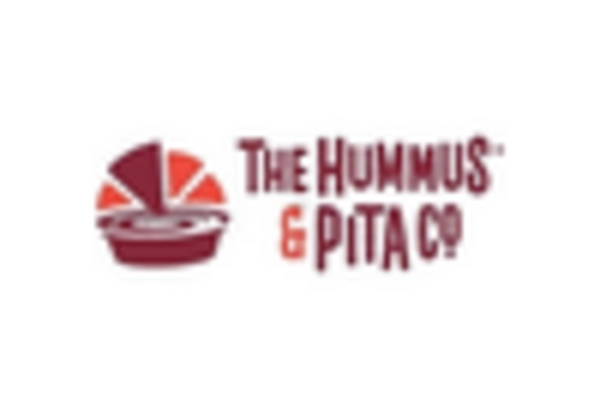
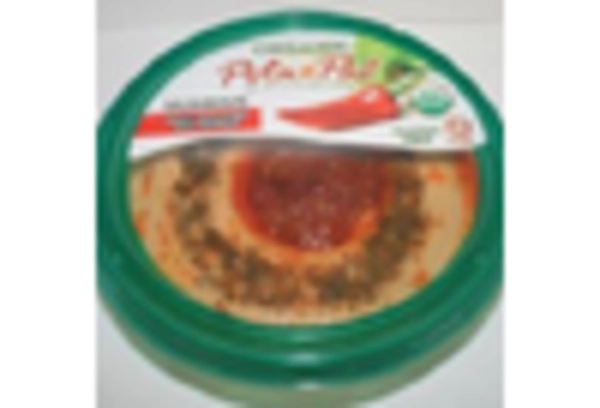

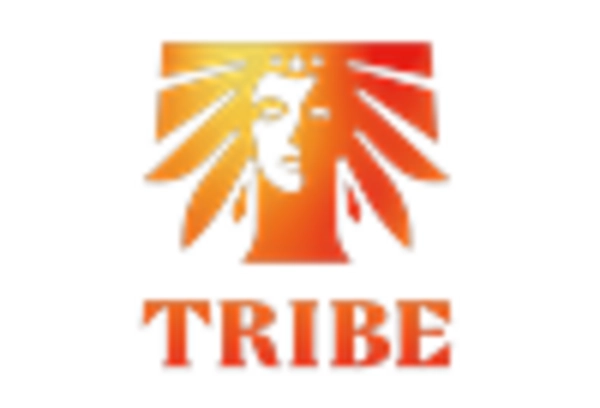








Leave a Comment